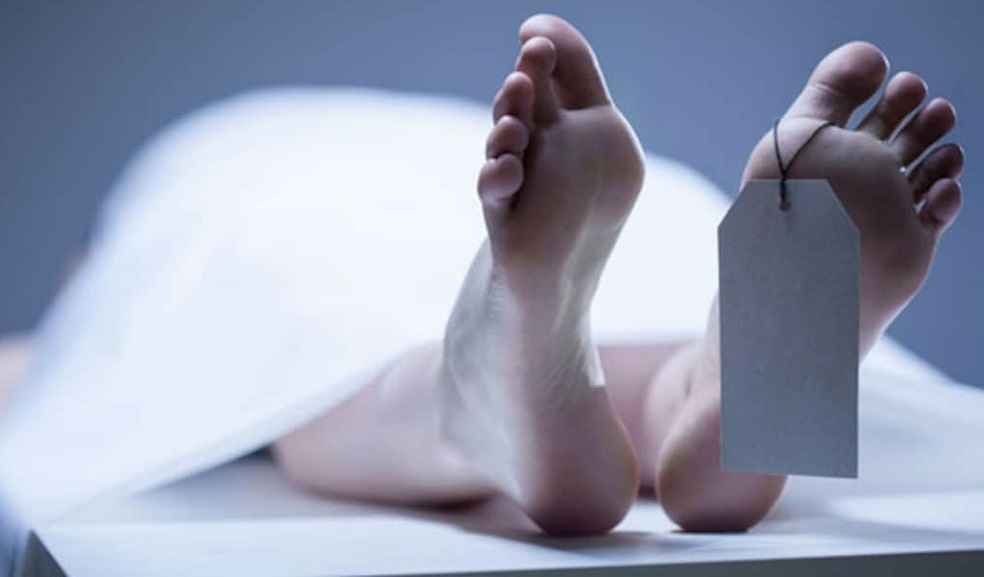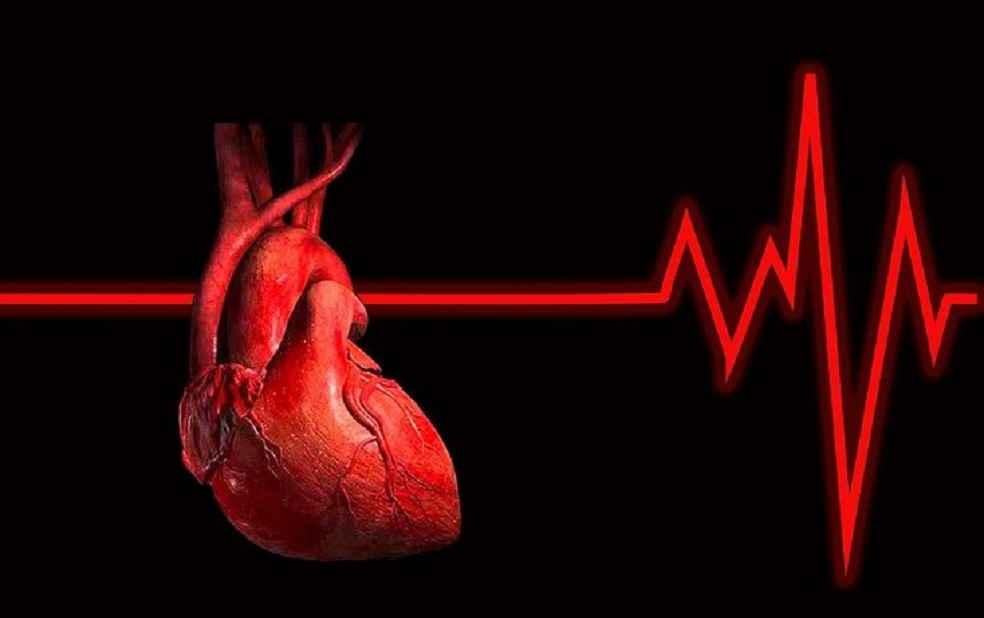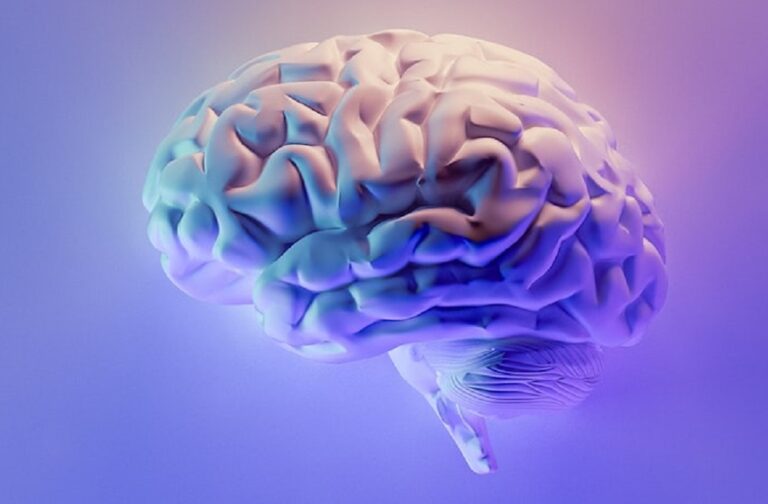United States: A recent study on enigmatic near-death experiences has uncovered signs of possible consciousness in the minds of individuals experiencing cardiac arrest while medical teams try to revive them.
The New York University Grossman School of Medicine led a group of critical care professionals and medical experts in examining the memories and encounters of patients hospitalised in the US and UK who had undergone cardiopulmonary resuscitation (CPR).
A preliminary research effort gathered data on brain activity (electroencephalogram, – EEG) and oxygen levels in the brain during CPR. This provided researchers with a glimpse into the declining brain activity of many individuals approaching the end of life.

Out of the 567 patients chosen for the study, 213 recovered a pulse. Among them, only 53 survived to leave the hospital, and merely 28 were in good health to take part in post-discharge interviews.
The numbers reveal the harsh impact cardiac arrest can have on the body. When the heart loses its regular rhythm, blood pressure drops, causing a dangerous buildup of carbon dioxide and toxins and depriving vital tissues of much-needed oxygen.
Consequently, cells start failing gradually, and the brain’s hungry circuits are some of the first to weaken.
CPR can temporarily maintain circulation, offering a chance for the body to regain its rhythm. However, chest compressions are not as effective as the heart’s natural pumping action. As time passes, the odds of recovery decrease steadily.

The impact on neurological functions hasn’t been fully understood. Both lab research on rats and real-life observations of dying patients suggest that, after adequate circulation stops, the brain can sometimes continue functioning for a surprisingly extended period before going completely silent. This research was published in the journal Resuscitation.
While not conclusive, the suggestion that the brain might continue to process environmental cues, memories, and emotions during CPR could provide insights into how our nervous system prioritises cognitive functions and manages the threat of complete shutdown.



